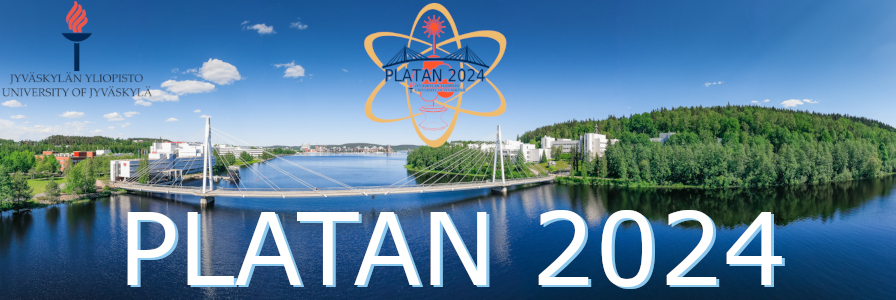Description
The isotopic composition of Nd is used in a wide range of nuclear field, such as forensic analysis and fuel burnup evaluation, and the currently most used analytical methods include TIMS and ICP-MS. However, the analytical samples obtained in decommissioning of Fukushima's failed reactors contain a mixture of particles of different sources, and these bulk analytical techniques which cannot distinguish individual particles lose the information on their origin and history. Conversely, if the origin can be determined from the burnup of each particle, it is of great importance for clarifying accident progress and criticality safety assessment. For this reason, we have applied ion sputter mass spectrometry imaging, which can measure the distribution of nuclides in individual particles, and have developed laser resonance secondary neutral mass spectrometry as a countermeasure against the isobaric interference. In this study, we performed two-step ionization spectroscopy to obtain highly efficient ionization schemes of Nd. As a result, we identified more than 120 even-parity autoionizing levels and their candidate J-values. The analysis of the observed autoionizing Rydberg series yielded a value of 44560.1 ± 0.5 cm−1 as a more accurate ionization potential of Nd. The saturation method was used to measure the transition cross-sections for some intense ionization transitions. From the measured cross-sections, the ionization efficiencies of some two-step ionization schemes were evaluated using the scheme cross-section formula to obtain several promising schemes with higher ionization efficiency than previously reported one.

